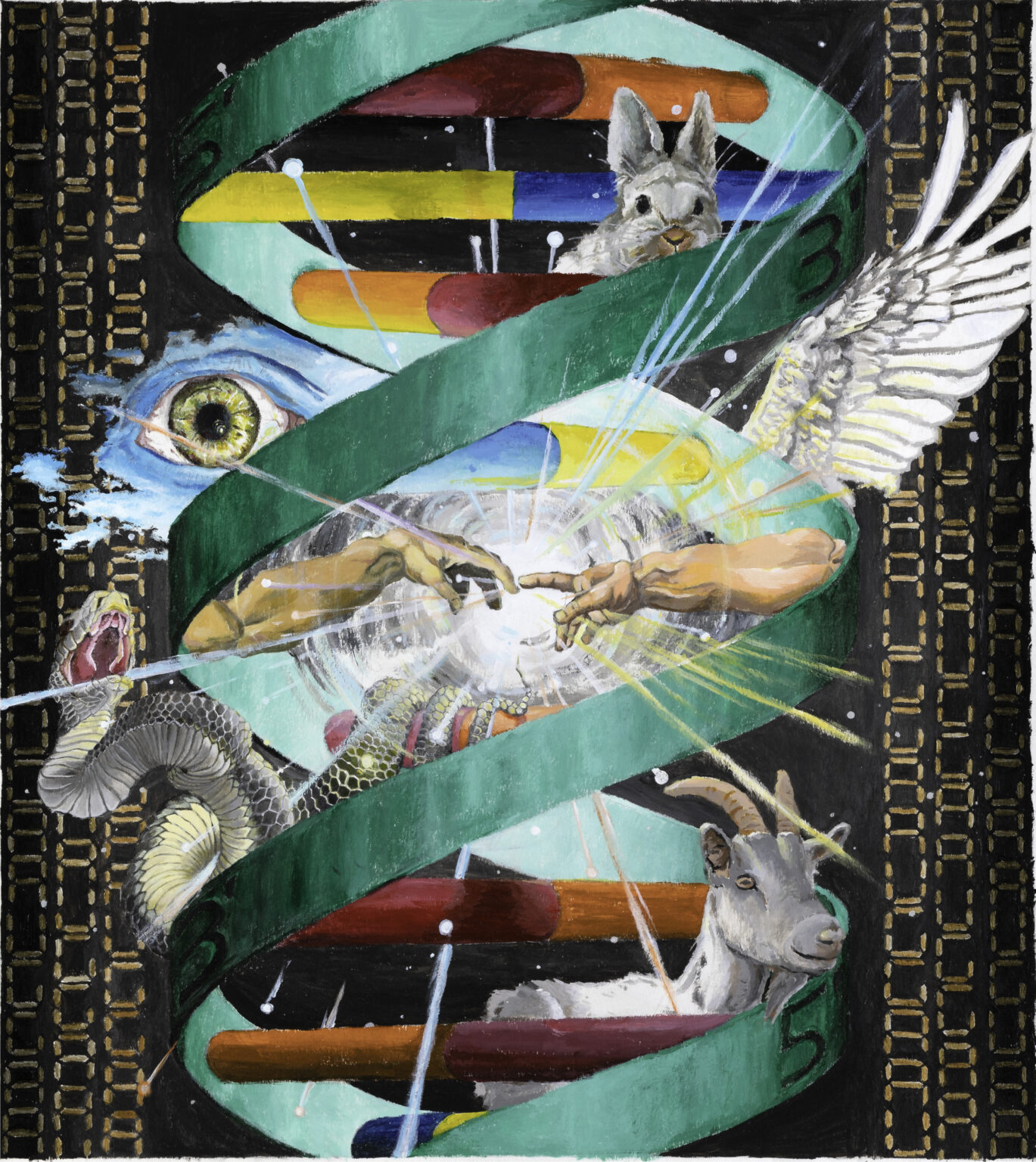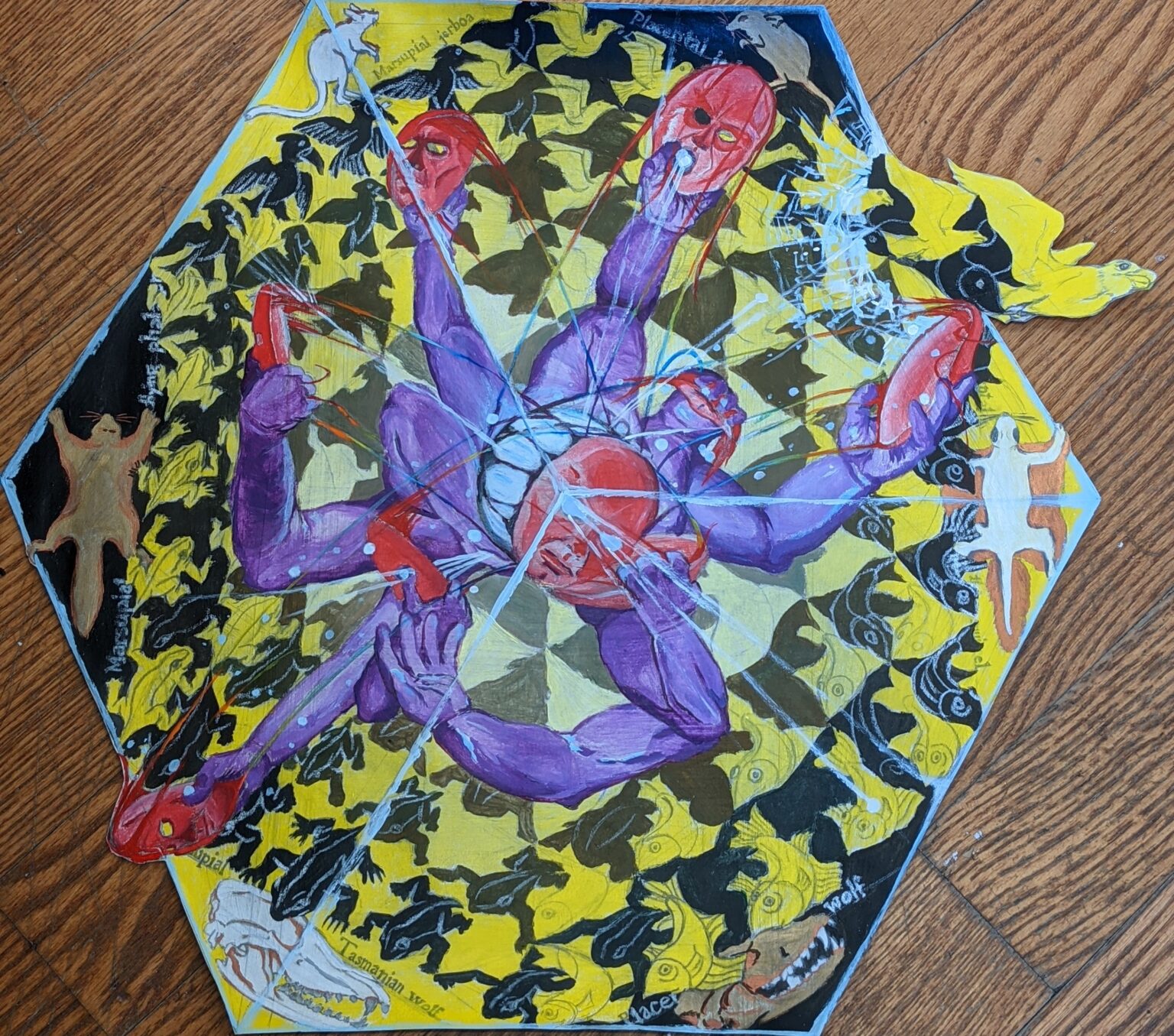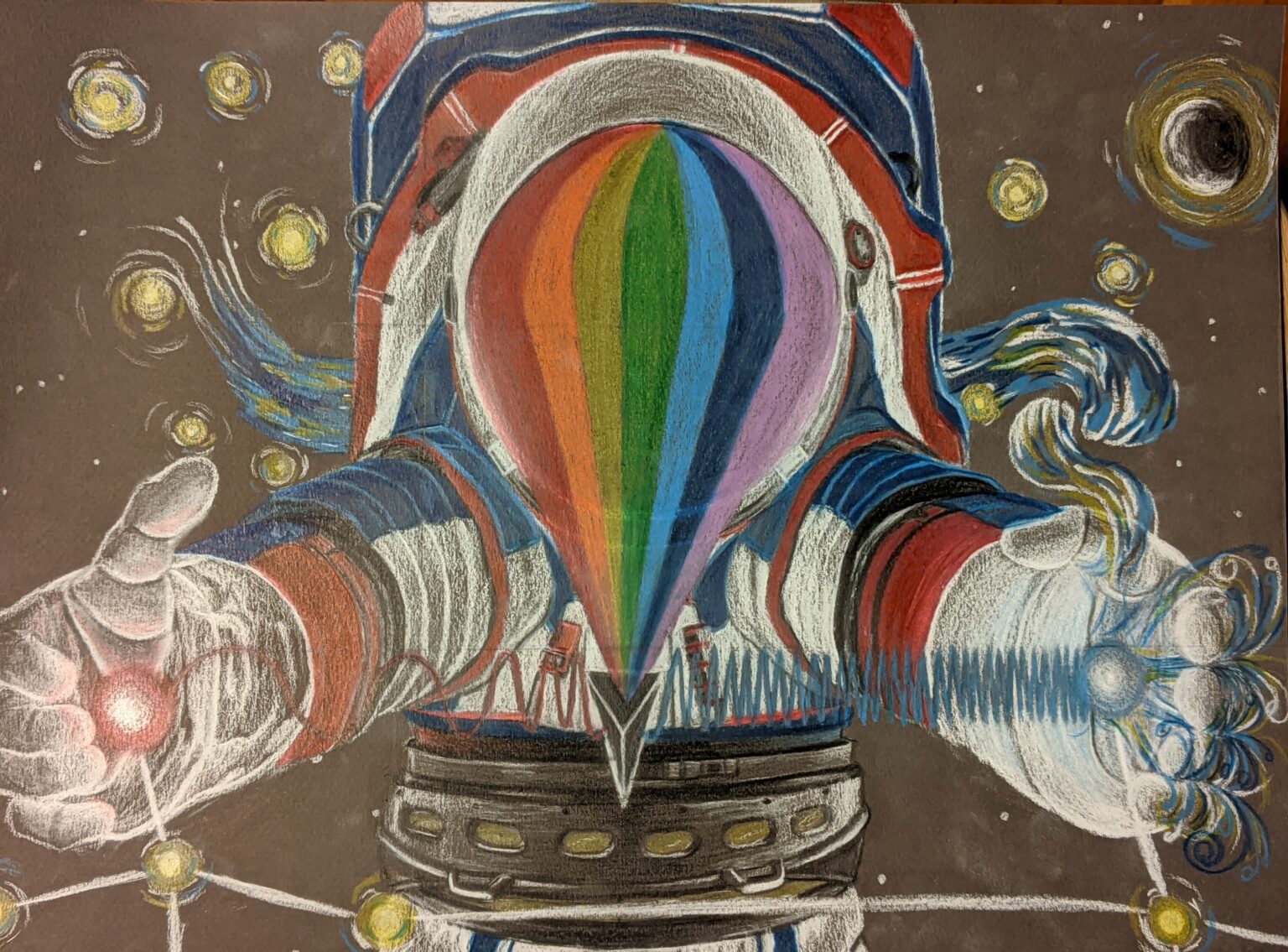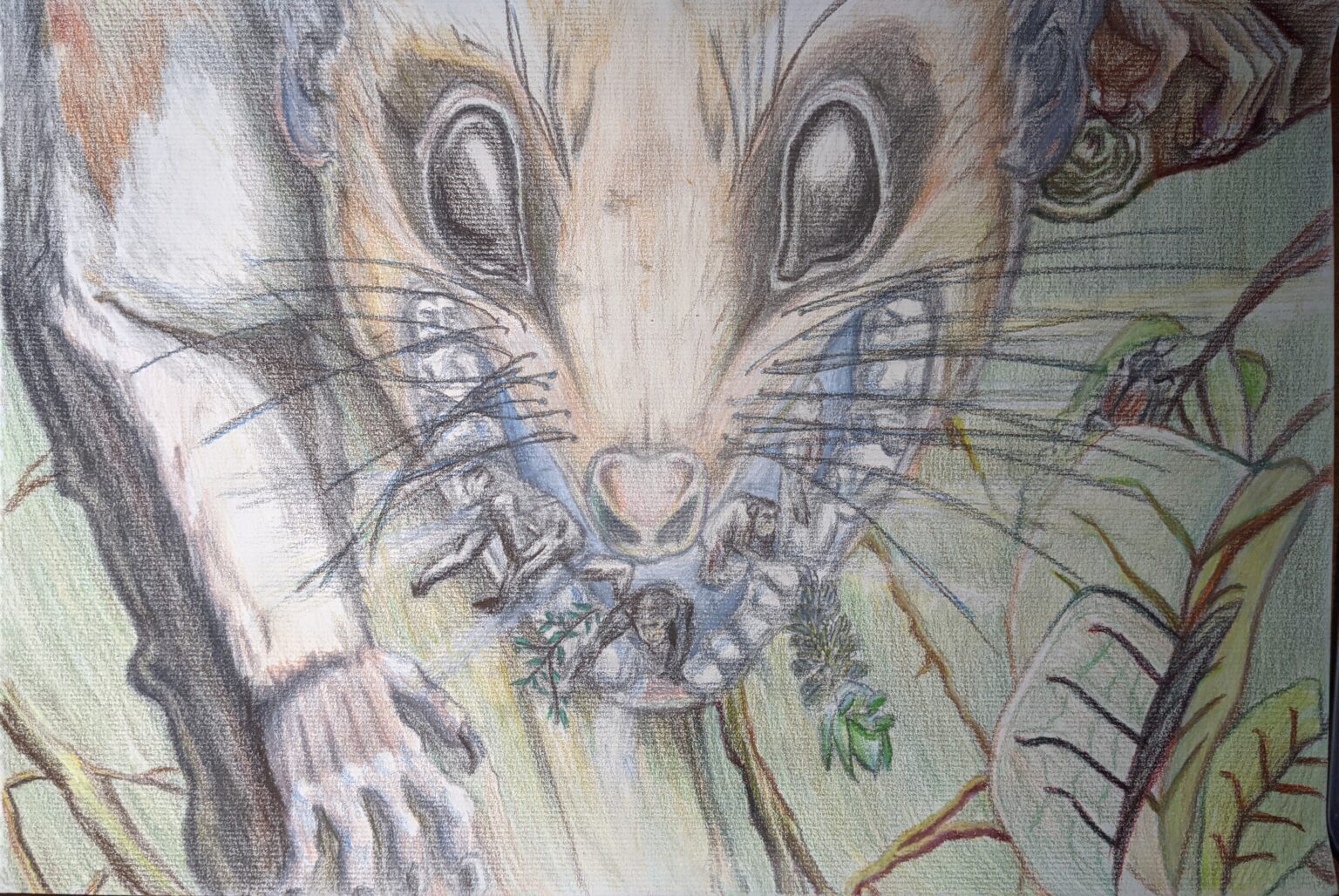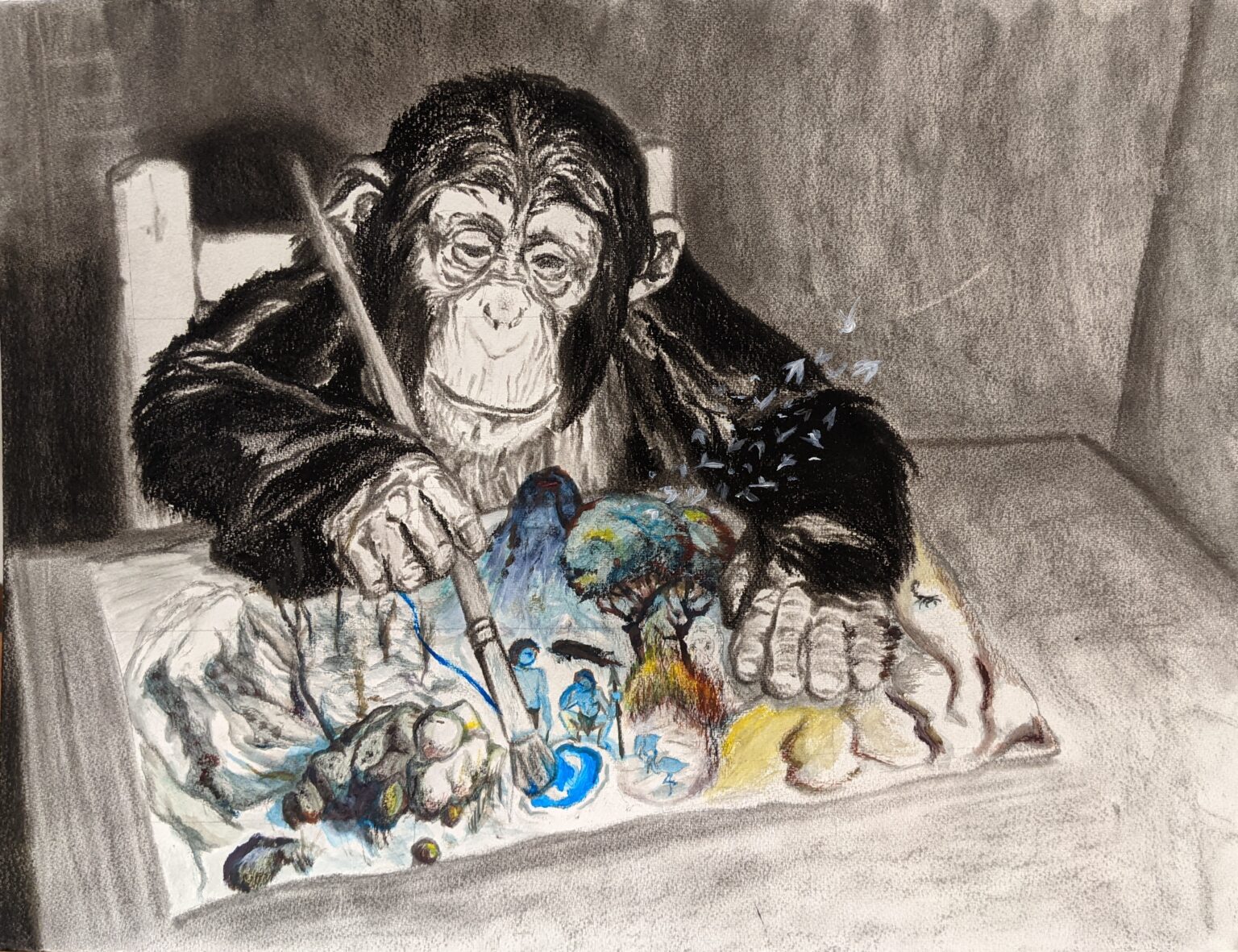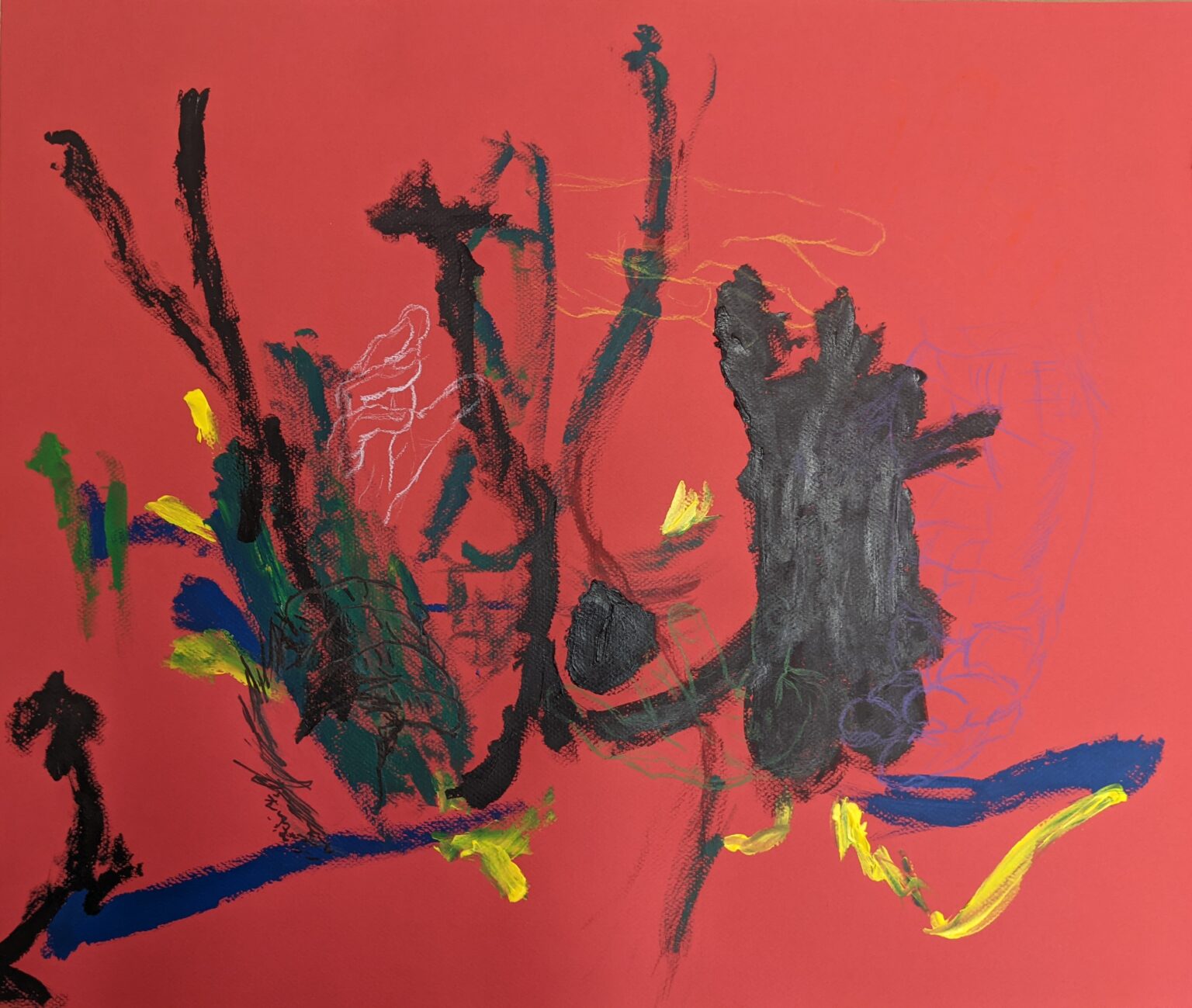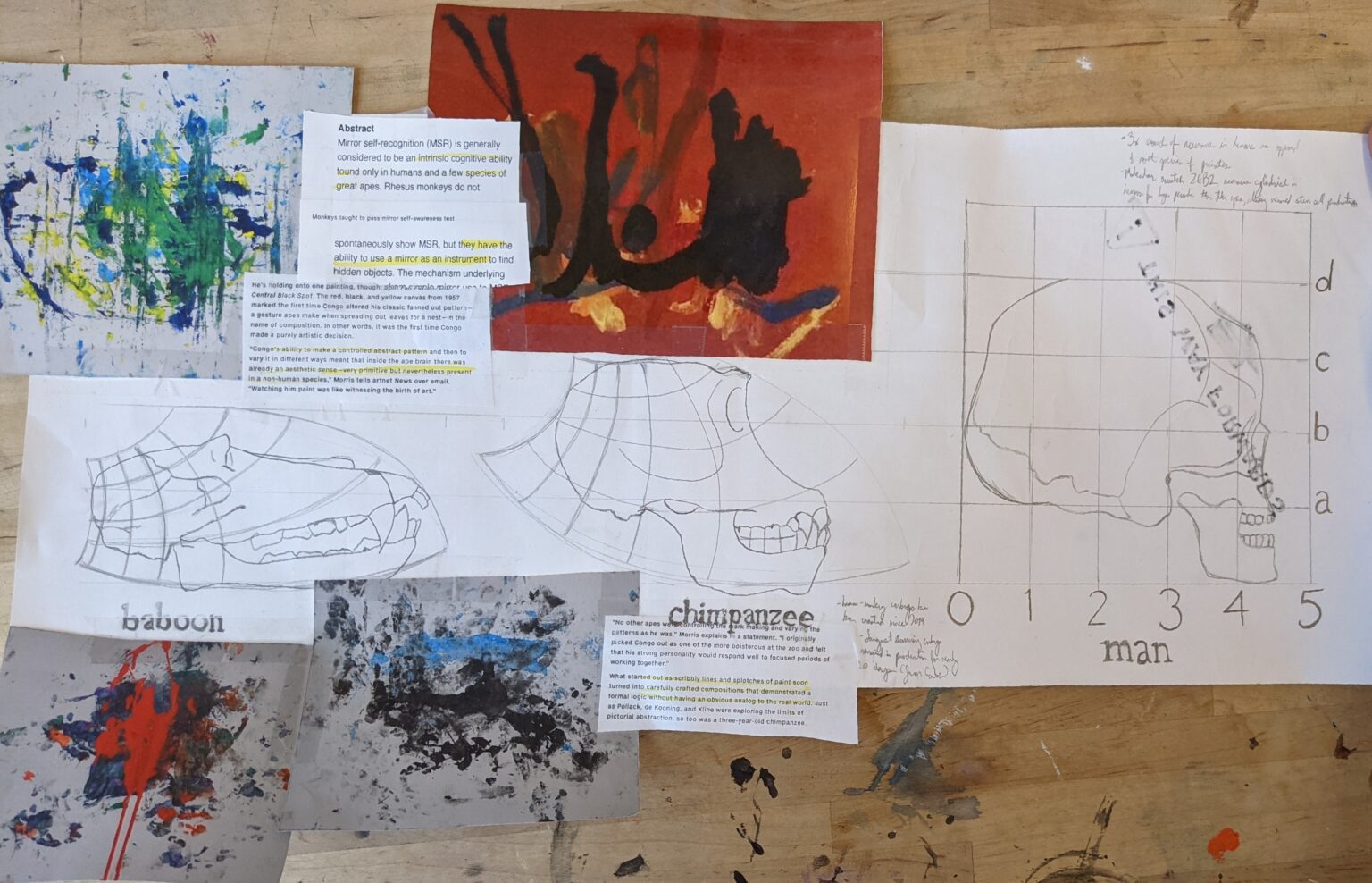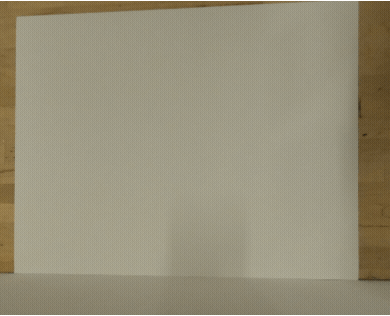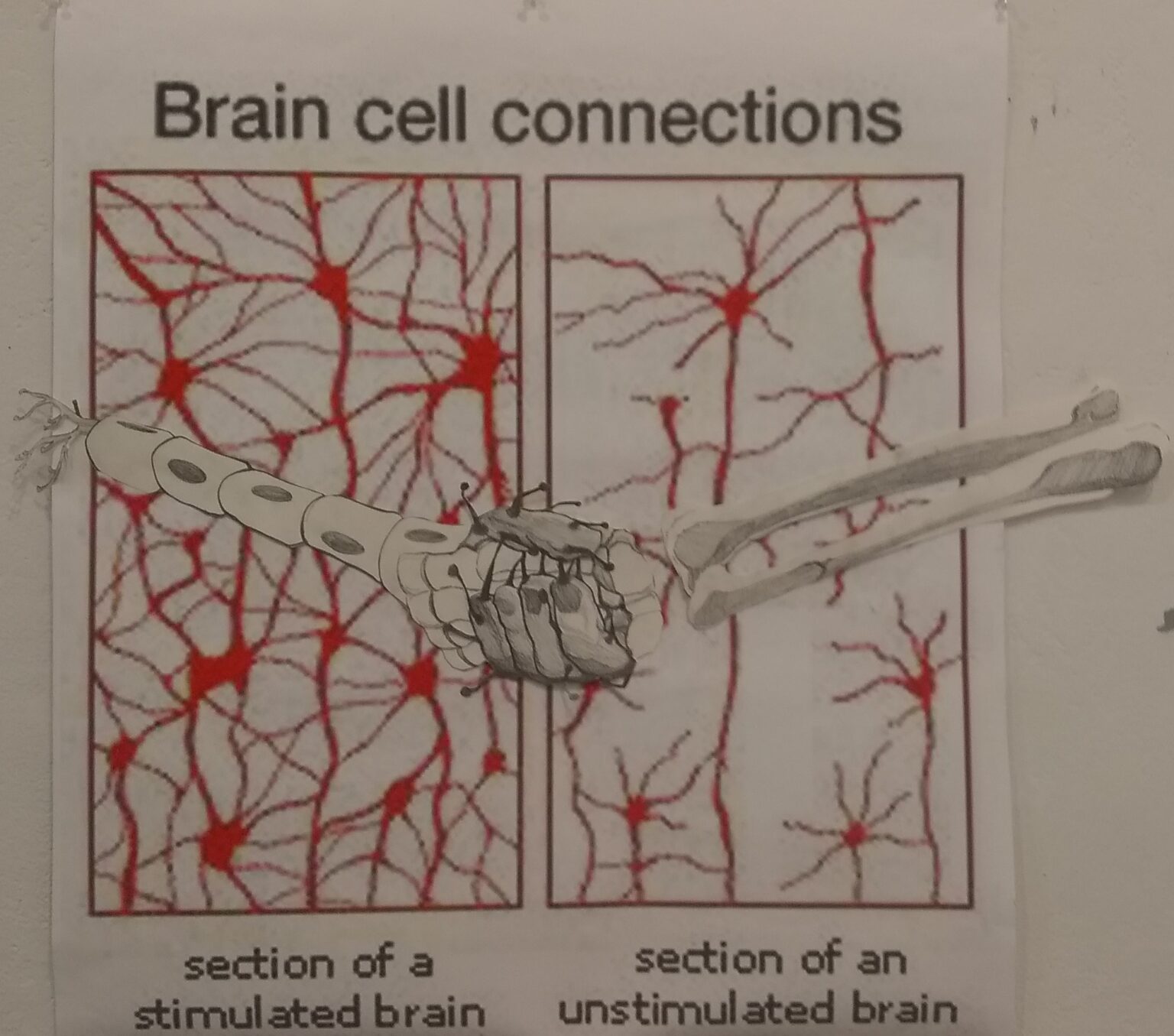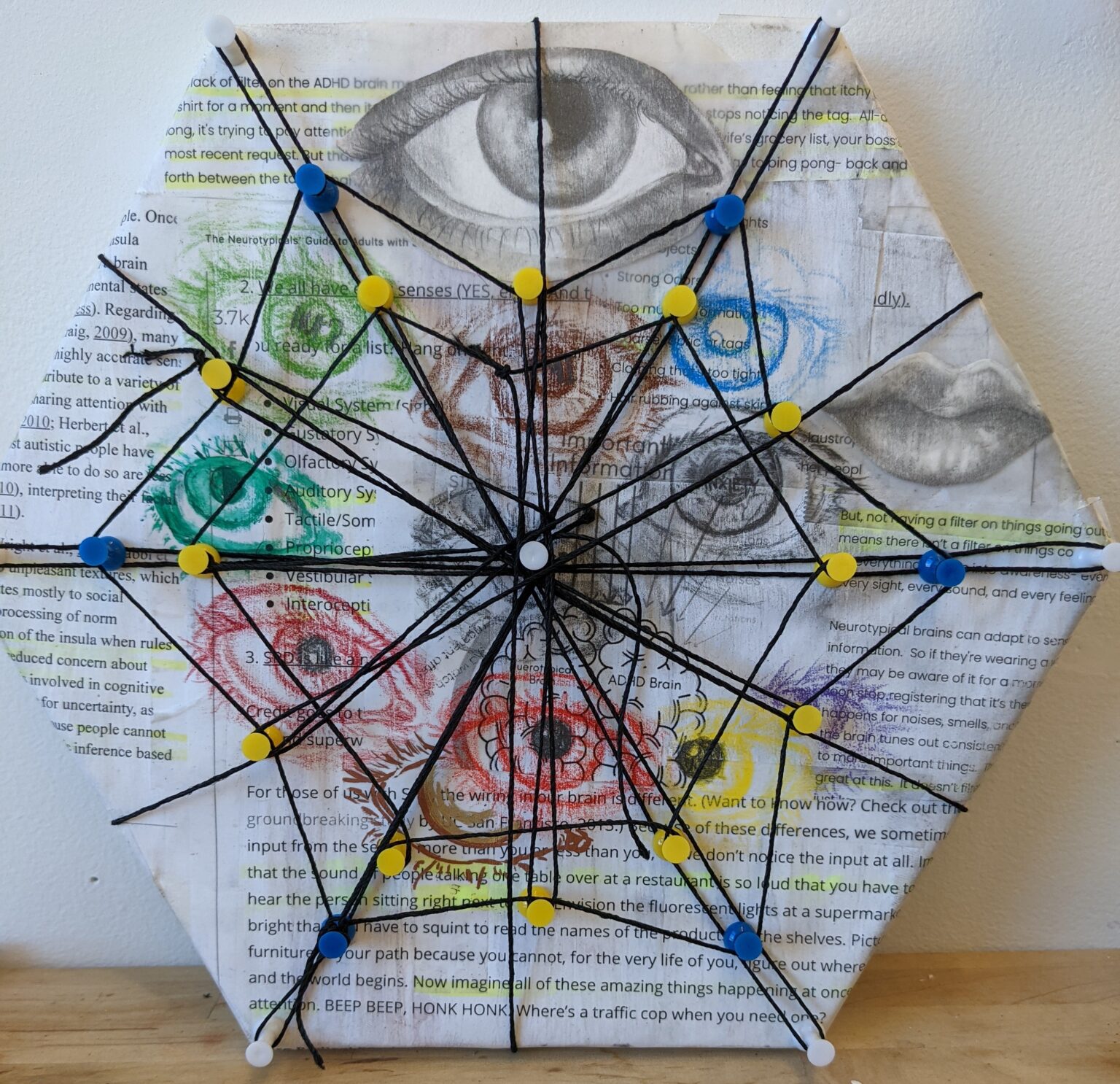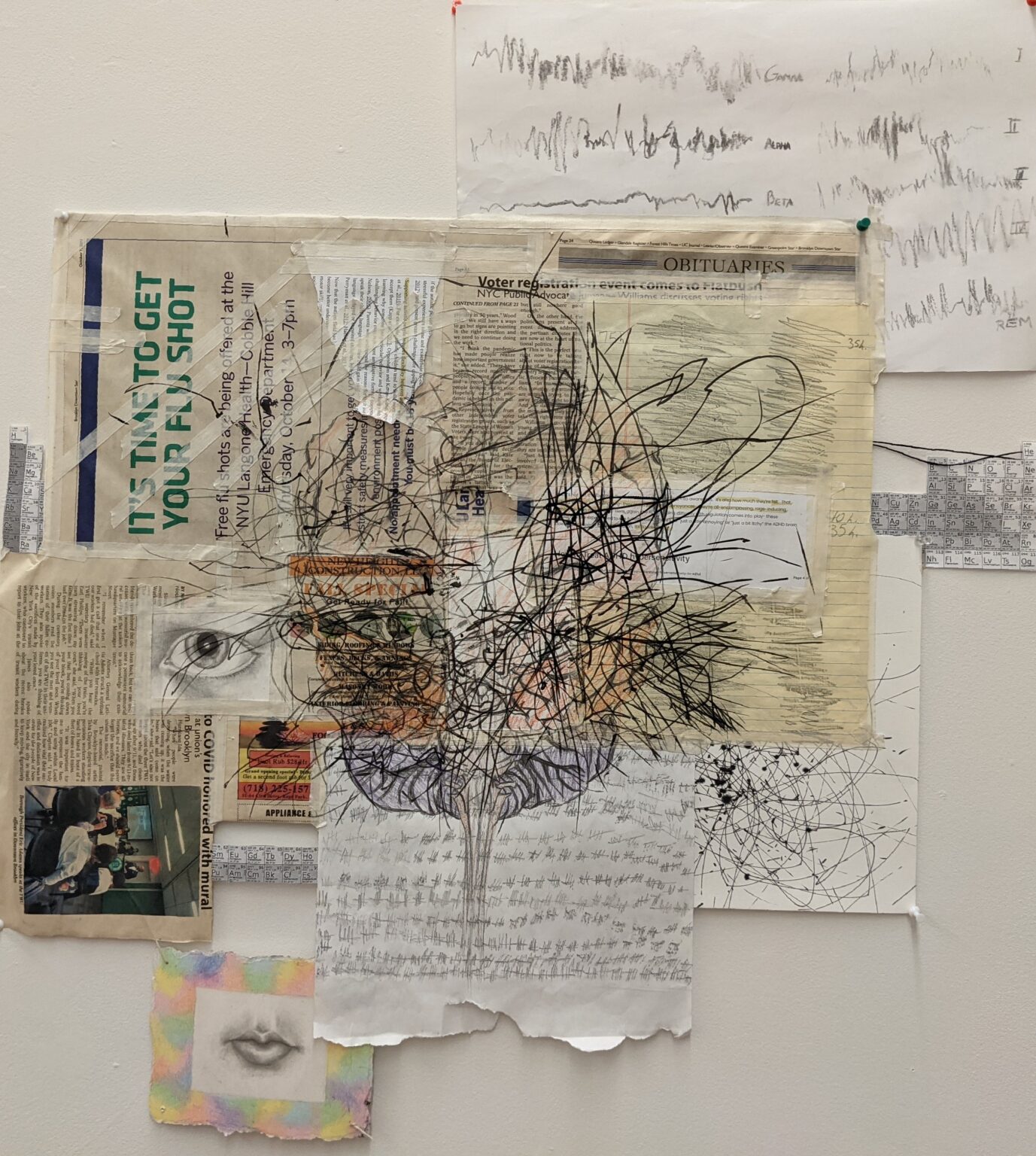Cole Fitzpatrick - Thesis Portfolio
Cole Fitzpatrick
I was born on June 15, 2000 and I've had some fascination with visuals and drawing all my life. I think in pictures.
Today, I have a wide network of connections spanning Boston, RISD, Pratt Institute Brooklyn, and many other professional artists across the globe. Using my social media presence I'm striking while the iron is hot and making a name for myself early and professionally as I can.
Please enjoy my new thesis show, and look forward to more to come!
Today, I have a wide network of connections spanning Boston, RISD, Pratt Institute Brooklyn, and many other professional artists across the globe. Using my social media presence I'm striking while the iron is hot and making a name for myself early and professionally as I can.
Please enjoy my new thesis show, and look forward to more to come!
Artist Statement
I’ve been neurodivergent all my life, having received several different ABA services during a strenuous time growing up - but it was my recent ADHD diagnosis that sent me spinning on my axis. Since the diagnosis, I’ve taken the time to understand exactly what’s going on in my mind from a highly scientific perspective; the more I researched - including a read of Arthur Koestler’s Ghost in the Machine, David Chalmers’ infamous Hard Problem of Consciousness, Temple Grandin’s Thinking in Pictures, Julian Jaynes’ The Origin of Consciousness in the Breakdown of the Bicameral Mind - among many other pivotal research papers, journals, and articles - the more my picture of the human mind broadened and expanded. Not only do I now illustrate neuroscience, through surrealist-tinged metaphors which make loose and personified sense to me, but I also draw or incorporate journalistic and obscure concepts of evolution, anatomy, panpsychism, communication, and developmental psychology; the pictures I associate with these sciences in my mind and on these canvases have all had a part of my new and revamped understanding of the human condition.
An understanding of ADHD and autism is reliant on, 1. The massive, massive scope of what the human brain is composed of, and 2. It also requires an acceptance that said scope comes at the cost of succinct organization quite frequently. Therefore, my art, no matter the illustrative or conceptual works, are sprawling, full of detail, and incredibly disorganized without any outwardly interpretable explanation - just like the human brain. They’re too much, too fast, too disparate, and they each require explanation, interpretation, and/or self-assessment of the way the artist’s (and thus viewers’) brains are wired.
An understanding of ADHD and autism is reliant on, 1. The massive, massive scope of what the human brain is composed of, and 2. It also requires an acceptance that said scope comes at the cost of succinct organization quite frequently. Therefore, my art, no matter the illustrative or conceptual works, are sprawling, full of detail, and incredibly disorganized without any outwardly interpretable explanation - just like the human brain. They’re too much, too fast, too disparate, and they each require explanation, interpretation, and/or self-assessment of the way the artist’s (and thus viewers’) brains are wired.
